TOPIC
Workflow Optimization and DAM
Great content is only as strong as the process behind it. Workflow optimization keeps projects on track, aligned, and moving forward.
By automating approvals, streamlining handoffs, and reducing errors, workflows free your teams to focus on creativity and strategy.
Optimized workflows paired with DAM mean faster delivery, stronger collaboration, and a smoother path from idea to execution.
Introduction
As businesses scale and manage larger volumes of digital content, optimizing workflows becomes a critical priority. Workflow optimization refers to the process of streamlining and automating tasks within a workflow to increase efficiency, reduce errors, and improve overall productivity. In the context of Digital Asset Management (DAM), workflow optimization allows teams to manage their assets more effectively, ensuring that the right content gets to the right people at the right time.
Here we will explore the various ways in which workflow optimization enhances content management processes within DAM systems, helping businesses save time, reduce manual effort, and improve team collaboration. Whether you’re a marketer, creative professional, or IT manager, understanding workflow optimization is essential for staying competitive in today’s fast-paced digital world.
Here we will explore the various ways in which workflow optimization enhances content management processes within DAM systems, helping businesses save time, reduce manual effort, and improve team collaboration. Whether you’re a marketer, creative professional, or IT manager, understanding workflow optimization is essential for staying competitive in today’s fast-paced digital world.
Navigation
Workflow Optimization Proves Its ROI
AUGUST 2025
Optimizing workflows is more than process improvement—it’s about unlocking measurable value from your teams and technology.
By automating approvals, streamlining handoffs, and reducing errors, workflows free your teams to focus on creativity and strategy.
10 months
Avg ROI timeframe
13 hours
Weekly time saved
78%
Resources reallocated
35 hours
Weekly time saved (case)
14–17 months
Competitor ROI period
50%
Faster personalization impact
What is Workflow Optimization in DAM?
Workflow optimization in Digital Asset Management (DAM) refers to the process of improving how tasks related to digital assets are executed, from content creation to distribution. It involves automating repetitive processes, streamlining approvals, and ensuring that assets flow efficiently through each stage of their lifecycle.
By optimizing workflows, teams can reduce bottlenecks, minimize delays, and improve communication across departments. DAM systems with integrated workflow optimization tools help automate these processes, ensuring that assets are not only stored and retrieved efficiently but also processed in the most effective way possible.
The Highlights
Workflow optimization in DAM allows businesses to
Increase Productivity
Automate repetitive tasks and freeing up time for more strategic work.
Ensure Consistency
Streamline approvals and keeping all teams aligned on asset usage and version control.
Increase Speed
Speed up time to market by ensuring assets move through the creation, approval, and distribution phases more efficiently.
Key Benefits of Workflow Optimization in DAM
Optimizing workflows in DAM systems offers several benefits that can significantly improve content management processes
Automated Task Assignments
Workflow optimization tools automatically assign tasks, such as approvals or asset updates, to the right individuals based on predefined rules. This reduces manual effort and ensures accountability.
Streamlined Approvals
Teams can create automated approval processes where assets move through multiple review stages without manual intervention, speeding up decision-making.
Customizable Workflows
DAM systems often allow businesses to tailor workflows to their specific needs, ensuring that the flow of tasks aligns with organizational goals and processes.
Improved Asset Tracking
Workflow optimization tools allow teams to track the progress of assets in real-time, ensuring transparency and accountability throughout the asset lifecycle.
Increased Scalability
As businesses grow and handle more assets, optimized workflows can scale with them, ensuring that operations remain efficient regardless of volume.
Challenges of Workflow Optimization in DAM
While workflow optimization can significantly improve asset management, there are several challenges organizations may face
Complex Workflow Customization
Some organizations may have complex workflows that require significant customization, making it difficult to implement a one-size-fits-all solution.
Resistance to Change
Teams may be resistant to adopting new workflows, particularly if they’re used to manual processes. Proper training and change management are key to overcoming this.
Ongoing Maintenance
As workflows evolve, businesses must continuously monitor and adjust their optimization strategies, ensuring that the DAM system remains aligned with organizational goals.
Overcoming these obstacles requires a balance of flexible workflow design, strong change management practices, and a commitment to continuous improvement so workflows evolve alongside business needs.
How Workflow Optimization Improves DAM
Optimizing workflows within DAM ensures that assets flow smoothly from creation to approval to distribution, reducing bottlenecks and human error. Automated task routing, notifications, and approvals allow teams to stay aligned without extra manual effort.
With AI and automation layered into workflows, organizations can predict delays, reallocate resources, and keep projects on track. The result is faster time-to-market, fewer errors, and stronger collaboration across creative, marketing, and compliance teams.
Best Practices for Workflow Optimization in DAM
To make the most of workflow optimization in DAM, businesses should follow these best practices
Map Out Your Workflows
Before implementing automation, map out your current workflows to identify bottlenecks and areas for improvement.
Set Clear Roles and Responsibilities:
Ensure that everyone involved in the workflow understands their role and responsibilities. This will prevent confusion and streamline communication.
Automate Where Possible
Identify repetitive tasks that can be automated to save time and reduce errors.
Monitor and Adjust
Regularly review workflow performance and make adjustments as needed to ensure ongoing efficiency.
Provide Training
Train all users on how to use workflow optimization tools within the DAM system, ensuring they can fully leverage its capabilities.
Workflow optimization is essential for businesses managing large volumes of digital assets. By streamlining processes, reducing manual work, and automating repetitive tasks, teams can improve collaboration, increase productivity, and ensure faster time to market. Whether you’re integrating AI into your DAM system or simply improving task assignments and approvals, optimizing your workflows is key to staying competitive in today’s content-driven world.
Implementing best practices and providing the necessary training will ensure that your workflow optimization strategy delivers measurable results, enabling your organization to scale effectively as your asset library grows.
Faq
Frequently Asked Questions
What is workflow optimization in DAM?
Workflow optimization in DAM is the practice of streamlining processes such as asset approvals, reviews, and distribution to eliminate bottlenecks and reduce manual handoffs. It ensures assets move smoothly from creation to delivery.Why does workflow optimization matter?
Without optimized workflows, teams waste time chasing approvals, correcting errors, or recreating lost files. Streamlined workflows increase speed-to-market, reduce costs, and improve collaboration across departments and geographies.What tools are used for workflow optimization?
DAM platforms often integrate with project management and automation tools, allowing visual workflow builders, task assignment, automated notifications, and SLA tracking. AI is increasingly being layered in to predict delays or suggest task automation.Who benefits most from optimized workflows?
Creative teams experience fewer delays, marketers can launch campaigns on time, compliance teams gain better visibility, and leadership benefits from reliable reporting. Ultimately, all stakeholders enjoy reduced friction and better outcomes.How does workflow optimization improve ROI?
By reducing manual admin and errors, optimized workflows can save dozens of hours weekly. Many organizations report a return on investment in under a year thanks to cost savings, faster launches, and improved content quality.What trends are shaping workflow optimization?
Trends in 2025 include AI-assisted workflows, low-code/no-code automation builders, and deeper integrations between DAM, CMS, and creative tools. These trends push workflows toward becoming dynamic, predictive, and largely self-managing.
Workflow Optimization Guides
Click here to explore our in-depth Guides—step-by-step walkthroughs designed to help you master DAM, AI, integrations, and workflow optimization.
Workflow Optimization Articles
Click here to dive into our latest Articles—insightful reads that unpack trends, strategies, and real-world applications across the digital asset world.
Workflow Optimization Resources
Click here to access our practical Resources—including tools, checklists, and templates you can put to work immediately in your DAM practice.




